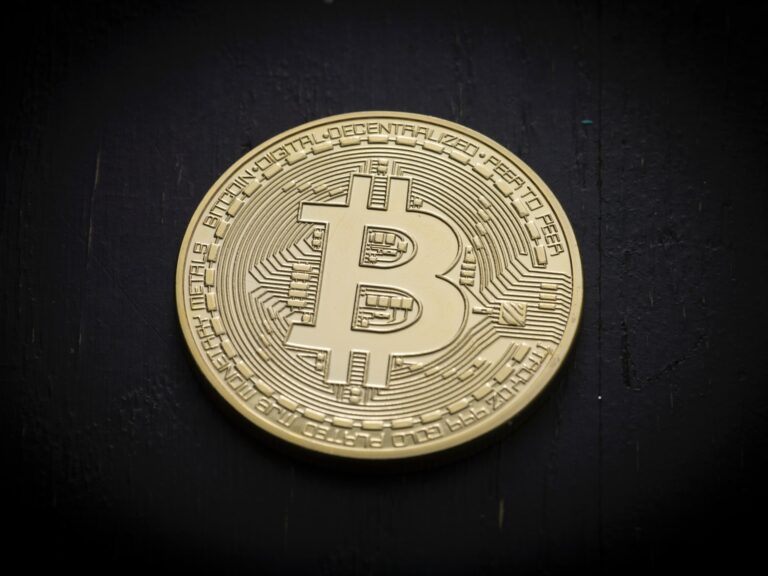Crypto Prices Going Up in 2024 Even if No Spot Bitcoin ETFs Approvals in USA

In the latest issue of crypto financial services firm Matrixport’s “Market Overview” (#2023-62), Markus Thielen, the Head of Research, provides a comprehensive analysis of the crypto market’s future, particularly for the year 2024. He emphasizes the critical role of understanding macroeconomic environments and liquidity considerations in tandem with crypto market structures and fundamentals to accurately predict the market’s trajectory. Thielen notes that cryptocurrencies generally struggle in low liquidity environments, citing the downturn in 2022 but show robust performance when liquidity expectations improve, as witnessed in 2023.
A pivotal factor in his analysis is the recent dovish statement by Jerome Powell, Chairman of the US Federal Reserve, who mentioned potential interest rate cuts in 2024. Thielen draws a comparison to 2019 when the Fed halted its interest rate hikes, leading to a nearly 300% increase in Bitcoin prices. Despite the Fed’s projection of three rate cuts in 2024, Thielen points out that this would still not bridge the inflation-interest rate gap adequately.
Reflecting on Matrixport’s inflation model from a year ago, which accurately predicted a decline in inflation from 8% to 3-4% by the end of 2023, Thielen extends this forecast to suggest that the US CPI could fall below 2% by the end of 2024. He says that this decline in inflation, according to their inflation model, should lead to a significant rally in risk assets, including stocks and cryptocurrencies.
Even with the possibility of the U.S. SEC disapproving spot Bitcoin ETFs in January 2024, Thielen remains optimistic about higher crypto prices in the coming year:
“Even if the SEC still disapproves of Bitcoin Spot ETFs in January 2024, we will likely see higher crypto prices in 2024.“
He advises crypto investors to closely monitor the Bitcoin dominance chart, as a declining indicator could herald an imminent altcoin rally.
Thielen also discusses the significant amount of assets in US money market funds, which have doubled since COVID, from $3 trillion to $6.1 trillion. With this increase, he foresees an additional $320 billion in interest rate payments per year, translating to $370 billion annually or $1 billion daily. This significant influx of funds could easily transition into risk assets like stocks and crypto.
In addition to these economic factors, Thielen notes that 2024 is not only a Bitcoin halving year, historically associated with an average rise of +192% in Bitcoin prices, but also a US election year. He speculates on the potential election of former President Donald Trump, whose policies could stimulate the US economy and, in turn, boost both US stock prices and cryptocurrencies.
Bitcoin halving, which is a significant event for the Bitcoin community, occurs approximately every four years, and it is when the reward for mining new blocks is halved, effectively reducing the rate at which new bitcoins are created. This event is significant as it influences the supply of Bitcoin, thus potentially impacting its price. The halving aims to mimic the scarcity and deflationary nature of precious resources like gold. The next Bitcoin halving is expected in April 2024, and historically, it has been a catalyst for substantial price increases, as the reduced supply of new bitcoins often leads to increased demand among investors and traders.
Featured Image via Unsplash
Source: Read Full Article